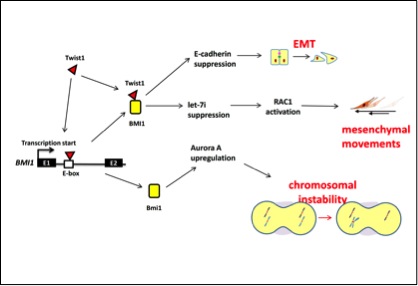 校務長兼副校長/國立陽明交通大學
校務長兼副校長/國立陽明交通大學
講座教授/國立陽明交通大學臨床醫學研究所
02-28267000 ext 7911
EDUCATION AND POSITIONS HELD:
- M.D, National Yang-Ming University, Taiwan (1994).
- Resident doctor, Department of Medicine, Taipei Veteran General Hospital, Taiwan (1996-1999)
- Clinical fellow, Division of Medical Oncology, Department of Medicine, Taipei Veterans General Hospital, Taiwan (1999-2002)
- Ph.D., Institute of Clinical Medicine, National Yang-Ming University, Taiwan (2006)
- Attending Physician, Division of Hematology-Oncology, Department of Medicine, Taipei Veterans General Hospital, Taiwan (2002-present)
- Assistant Professor, Institute of Clinical Medicine, National Yang-Ming University, Taiwan (2007-2010)
- Adjunct Assistant Professor, Institute of Biotechnology in Medicine, National Yang-Ming University, Taiwan (2007-2010)
- Visiting Scientist, M.D. Anderson Cancer Center, Houston, U.S.A (2010-2011).
- Associate Professor, Institute of Clinical Medicine, National Yang-Ming University, Taiwan (2010-present)
- Adjunct Associate Professor, Institute of Biotechnology in Medicine, National Yang-Ming University, Taiwan (2010-present)
HONORS:
- Award of Distinguished Thesis, Tien-Te Lee Biomedical Foundation, Taiwan (2008)
- Ta-Yu Wu Memorial Award, National Science Council, Taiwan (2008)
- Dr. Ta-Cheng Tung Memorial Award for Basic Cancer Research, Chinese Oncology Society, Taiwan (2009)
- First prize of Distinguished Thesis, Taipei Veterans General Hospital (2009, 2011)
- Young Scientist Research Award, Tien-Te Lee Biomedical Foundation, Taiwan (2011)
- Award for Junior Research Investigators, Academia Sinica (2011)
RESEARCH INTERESTS:
Epithelial-mesenchymal transition (EMT) is one of the major mechanisms of cancer metastasis. However, the pleiotropic effects of EMT regulators in additional to the promotion of cellular migration have been investigated limitedly. We recently discover several novel functions of the EMT regulators during head and neck cancer progression. First, we confirm the direct regulation of the stemness-related gene BMI1 by the EMT regulator Twist1. Twist1 and BMI1 are mutually essential in promoting EMT and tumor-initiating capability. Second, we identify the mechanism of Twist1-induced motility through repressing microRNA let-7i and activating RAC1. Third, we show the induction of chromosomal instability by BMI1 through upregulating Aurora A expression. Fourth, we find a pathway of Snail-induced cisplatin resistance through induction of ERCC1 expression. In the future, we will keep focusing on the pleiotropic effects of EMT regulators during cancer metastasis and confirm their clinical significance.
